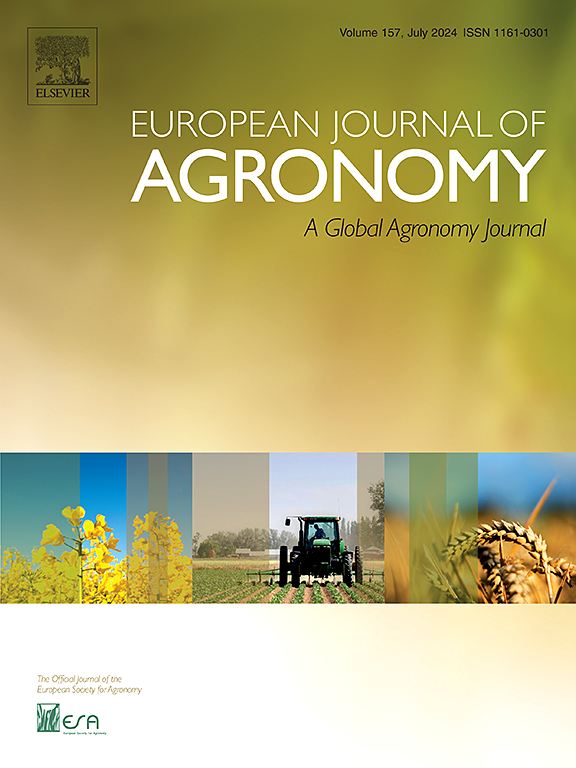A review of deep learning applications in weed detection: UAV and robotic approaches for precision agriculture
IF 4.5
1区 农林科学
Q1 AGRONOMY
引用次数: 0
Abstract
Deep Learning (DL) has changed the face of weed detection and has greatly improved Site-Specific Weed Management (SSWM). A comprehensive review of DL-based weed detection approaches with Unmanned Aerial Vehicles (UAVs), autonomous robots, and high-resolution orthomosaic imagery is presented in this paper. Different DL models have been used in improving the accuracy of weed detection and classification in agricultural fields such as Convolutional Neural Networks (CNNs), Transfer Learning architectures, and self-supervised models. In addition, this review addresses the interoperability of DL models in automated weeding robots, real-time edge computing systems and UAV-based precision agriculture solutions, providing an integrated view of precision weed control. The review study recognizes the recent trends in detection approaches including lightweight DL networks, multimodal data fusion and UAV related developments through a systematic analysis of 90 research papers. However, the generalizability of DL models under variable environmental settings, lack of labeled datasets and limited scalability of DL techniques for large-scale agricultural purpose, still remain an issue in the field. This paper attempts to address this by critically reviewing recent advances, highlighting knowledge gaps, and suggesting future research directions to foster integration of DL in precision agriculture and efficient weed management.
深度学习在杂草检测中的应用综述:无人机和精准农业的机器人方法
深度学习(DL)改变了杂草检测的面貌,极大地改善了特定地点杂草管理(SSWM)。本文综述了基于dl的杂草检测方法,包括无人机、自主机器人和高分辨率正射影图像。不同的深度学习模型已被用于提高农业领域杂草检测和分类的准确性,如卷积神经网络(cnn)、迁移学习架构和自监督模型。此外,本文还讨论了DL模型在自动除草机器人、实时边缘计算系统和基于无人机的精准农业解决方案中的互操作性,提供了精确杂草控制的综合视图。通过对90篇研究论文的系统分析,该综述研究认识到检测方法的最新趋势,包括轻量级DL网络、多模态数据融合和无人机相关的发展。然而,深度学习模型在可变环境设置下的泛化性、缺乏标记数据集以及深度学习技术在大规模农业用途上的有限可扩展性仍然是该领域的一个问题。本文试图通过批判性地回顾最近的进展,突出知识差距,并提出未来的研究方向,以促进DL在精准农业和高效杂草管理中的整合来解决这个问题。
本文章由计算机程序翻译,如有差异,请以英文原文为准。
求助全文
约1分钟内获得全文
求助全文
来源期刊

European Journal of Agronomy
农林科学-农艺学
CiteScore
8.30
自引率
7.70%
发文量
187
审稿时长
4.5 months
期刊介绍:
The European Journal of Agronomy, the official journal of the European Society for Agronomy, publishes original research papers reporting experimental and theoretical contributions to field-based agronomy and crop science. The journal will consider research at the field level for agricultural, horticultural and tree crops, that uses comprehensive and explanatory approaches. The EJA covers the following topics:
crop physiology
crop production and management including irrigation, fertilization and soil management
agroclimatology and modelling
plant-soil relationships
crop quality and post-harvest physiology
farming and cropping systems
agroecosystems and the environment
crop-weed interactions and management
organic farming
horticultural crops
papers from the European Society for Agronomy bi-annual meetings
In determining the suitability of submitted articles for publication, particular scrutiny is placed on the degree of novelty and significance of the research and the extent to which it adds to existing knowledge in agronomy.
 求助内容:
求助内容: 应助结果提醒方式:
应助结果提醒方式:


